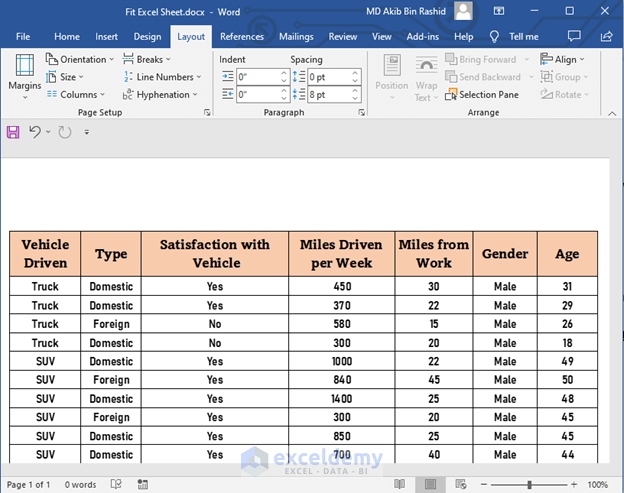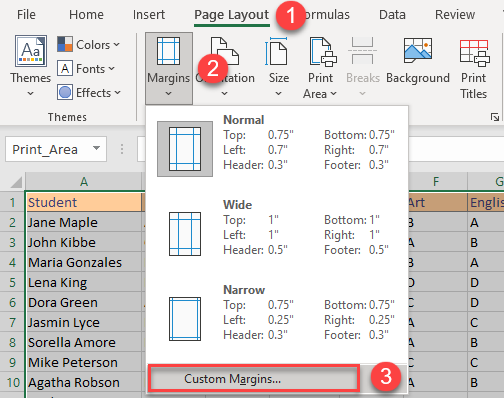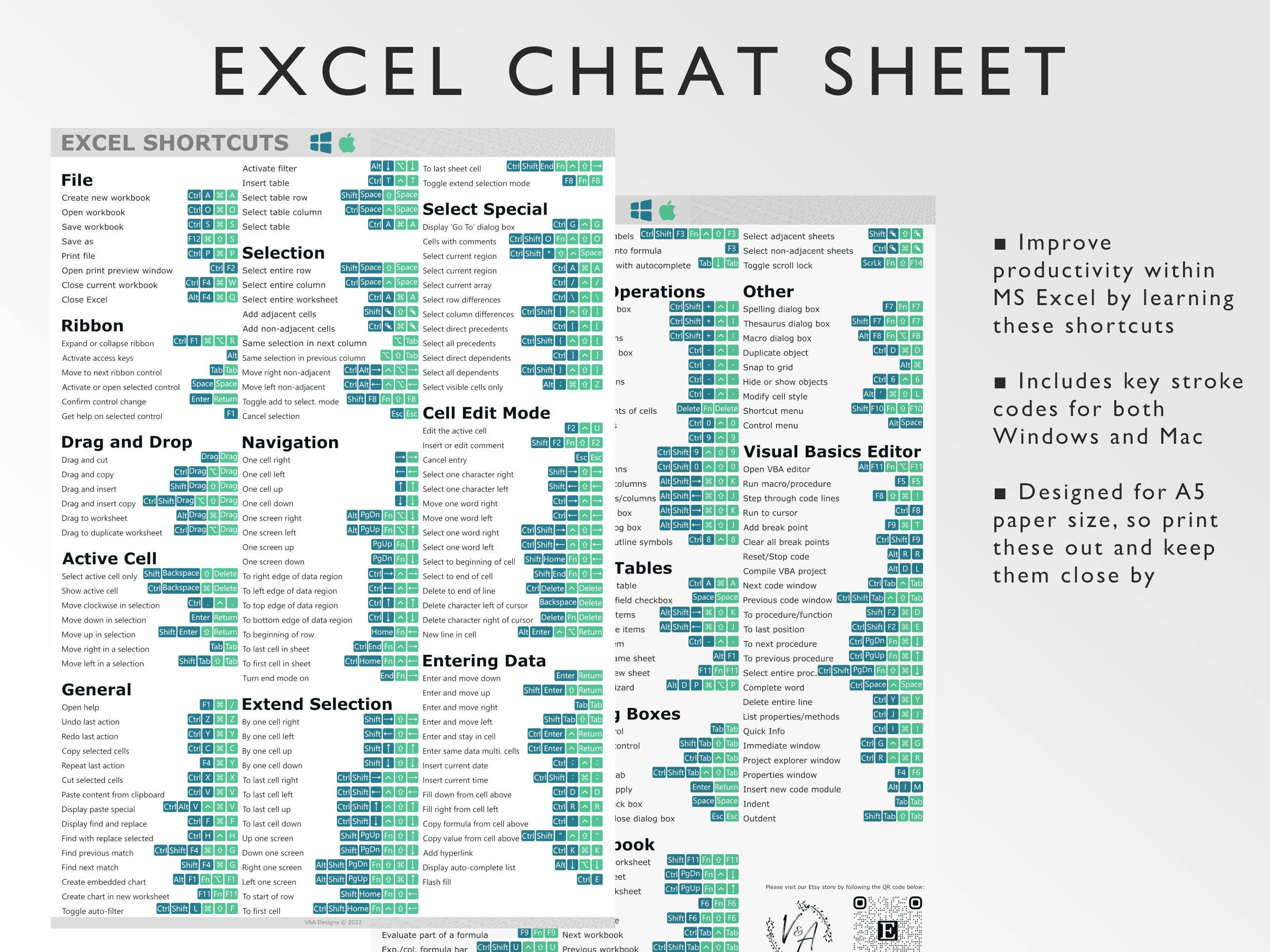Excel Sheet One Page Vertical: Easy Tricks

Learning how to organize a spreadsheet in Microsoft Excel to show all information vertically on a single page can be incredibly useful. This method is not only space-efficient but also enhances readability by displaying your data in a single glance. This article delves into Excel sheet one page vertical formatting, focusing on reducing white space, adjusting print settings, and optimizing the layout to maximize your data's presentation.
Benefits of a Single-Page Vertical Layout

Here are some advantages of utilizing a single-page vertical layout in Excel:
- Improved Navigation: Scrolling horizontally can be cumbersome, particularly when dealing with wide datasets. Vertical scrolling helps keep data in a single column, making navigation straightforward.
- Enhanced Printability: Printing a single page is usually more efficient. With this format, you ensure that all pertinent data fits on one page, reducing the chance of fragmented printouts.
- Better Mobile Device Compatibility: Smartphones and tablets, which are designed for vertical scrolling, make viewing Excel sheets easier when arranged vertically.
- Focus on Detail: When your data is organized vertically, it's easier to read through each detail thoroughly, promoting meticulous data analysis.
Setting Up Your Excel Sheet

Begin by opening your Excel worksheet. Here are the steps to prepare for a single-page vertical layout:
- Reduce Row Height: Select all rows by clicking the row number header. Right-click and choose "Row Height". Set a value around 15 or less for a compact layout.
- Shrink Font Size: If the default font size is too large, reduce it to, say, 10 points. This helps fit more data vertically.
- Autofit Column Width: Use the "Autofit" feature for columns to ensure headers and data fit neatly without unnecessary white space.
- Set Print Area: Navigate to the Page Layout tab and define your print area to include only the data you want on the single page.
Adjusting Print Settings

Now, let's adjust the print settings to optimize your Excel sheet one page vertical layout:
- Page Size: Change the page size to "Letter" or "A4" for standard printing compatibility.
- Margins: Go to Page Setup and set small margins. Using values like "0.25" inches for all sides minimizes white space around your content.
- Page Orientation: Set the orientation to Portrait for vertical emphasis.
- Fit to Scale: Choose "Fit Sheet on One Page" in the Page tab to scale your data appropriately to fit within one page's vertical space.
| Setting | Description |
|---|---|
| Row Height | Adjust to minimize vertical space. |
| Font Size | Shrink font size for more data. |
| Column Width | Autofit for optimal width. |
| Print Area | Define what to print. |
| Page Size | Choose standard size. |
| Margins | Minimize for less white space. |
| Orientation | Use portrait for vertical emphasis. |
| Fit to Scale | Ensure data fits on one page. |

👉 Note: Always preview your print setup to ensure all data is visible and no content is cut off.
Data Organization for Vertical Layout

To ensure that your data reads well vertically, consider the following:
- Headers at the Top: Keep headers at the top of the sheet to provide context for the data below.
- Subheaders: Use different row colors or styles to distinguish subcategories or groups within your data.
- Use of Freeze Panes: If necessary, freeze the top row or column to keep headers visible as you scroll.
- Data Validation: Implement dropdowns or data validation to maintain data integrity, ensuring vertical data entry remains consistent.
Conclusion

The vertical arrangement of an Excel sheet offers numerous benefits, from streamlined navigation to optimized printing. By following the steps outlined, you can maximize the presentation of your data, ensuring that it fits within a single-page layout while maintaining readability. Remember to adjust row heights, font sizes, column widths, and print settings for the best possible vertical orientation. Moreover, organizing your data with headers, subheaders, and data validation helps in creating a coherent and user-friendly document. By employing these techniques, you'll be able to craft an Excel sheet that not only looks professional but also enhances your workflow efficiency.
What is the main benefit of a vertical Excel layout?

+
The primary advantage of organizing data vertically in Excel is to improve data navigation, readability, and ease of printing, especially on mobile devices.
How can I ensure all my data fits vertically on one page?

+
Adjust row height, font size, column width, and print settings, particularly using the “Fit Sheet on One Page” option in Excel’s Page Setup.
Can I still use headers and subheaders in a vertical layout?

+
Yes, headers at the top and subheaders with distinct formatting are crucial for organizing data vertically.



